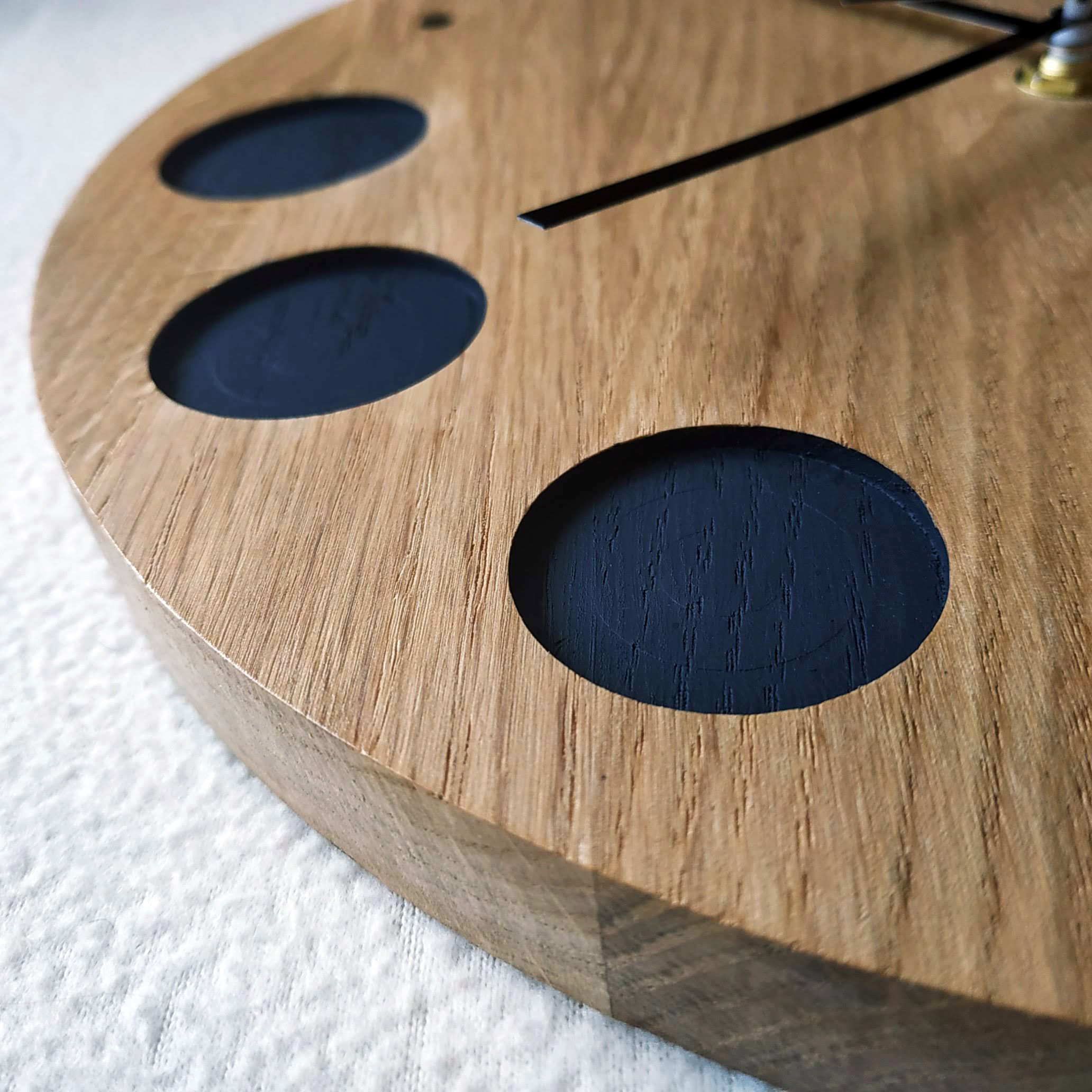Simple Nutcracker Woodworking Plans for Holiday Fun!
Hey there, fellow crafters! Are you looking for a fun and rewarding woodworking project that'll get you into the holiday spirit? Look no further! This year, let's ditch the mass-produced plastic nutcrackers and build our own charming wooden versions. I'm going to walk you through a super simple design, perfect for beginners and seasoned woodworkers alike. Even if you've never picked up a saw before, don't worry – this project is designed to be accessible and enjoyable. Let's get cracking (pun intended!).
Choosing Your Wood and Tools
Before we dive into the construction, let's talk about materials. You'll want to choose a wood that's relatively easy to work with. Something like basswood, balsa wood, or even pine will work perfectly. Basswood is particularly nice because it's soft, but still holds its shape well. If you're feeling fancy, you could go for something a little harder like cherry or maple, but be prepared for a slightly more challenging project. For a truly rustic look, consider reclaimed wood – just make sure it's clean and properly treated.
Gathering Your Supplies:
You'll need these things to get started:
- Wood (approximately 1/2 inch thick, the dimensions depend on the size of your nutcracker – we'll discuss sizing later!)
- Wood glue
- Sandpaper (various grits, from coarse to fine)
- Saw (hand saw, jigsaw, or scroll saw – whatever you're most comfortable with)
- Drill with small drill bit (for the nutcracker's jaw hinges)
- Clamps (to hold pieces together while the glue dries)
- Pencil
- Ruler or measuring tape
- Optional: Wood stain or paint, varnish or sealant
Designing Your Nutcracker
Now for the fun part – designing your nutcracker! This is where you can get creative. You can go for a classic soldier design, a whimsical elf, or even a cute little animal. However, for simplicity's sake, we'll stick to a basic, easy-to-build design.
Simple Nutcracker Design Breakdown:
Think of your nutcracker as having three main parts:
- The Head: This is the top portion of your nutcracker. It can be relatively simple – a rectangular shape with some basic facial features drawn on or carved in.
- The Body: This is the main section, connecting the head to the jaws. It can be a simple rectangle or even a slightly tapered shape.
- The Jaws: These are the two pieces that actually crack the nuts. They'll need to be slightly beveled or shaped to allow for efficient nut cracking. A small wedge will also be needed between these pieces to help with the pressure.
Pro Tip: Sketch your design on paper first! This will help you visualize the different parts and ensure they fit together properly. You can even make a template out of cardboard to help with cutting the wood pieces.
Building Your Nutcracker
Alright, let's build! Remember to always prioritize safety. Wear safety glasses when sawing and be careful when using sharp tools.
Cutting the Wood Pieces:
Using your chosen saw and the templates, carefully cut out your nutcracker parts according to your design. Remember to allow for some extra wood around the edges, as you'll need to sand them down later.
Assembling the Nutcracker:
- Drill the Hinge Holes: Drill small holes near the top of the jaw pieces, where they will attach to the body.
- Glue the Jaws to the Body: Apply a small amount of wood glue to the holes and attach the jaw pieces to the body, ensuring they align correctly and can move freely.
- Glue the Head: Apply wood glue to the top of the body and attach the head.
- Add the Wedge: Create a small wedge (from scrap wood) that fits snugly between the jaws. Glue this in place. This wedge will help to distribute the pressure when cracking nuts.
- Clamp and Dry: Use clamps to hold all the pieces together while the glue dries completely (this usually takes several hours).
Finishing Touches:
Once the glue is completely dry, carefully remove the clamps. Now it's time to give your nutcracker a polished look:
- Sanding: Sand all the surfaces smooth, starting with a coarser grit and gradually moving to finer grits. Pay close attention to any rough edges.
- Finishing (Optional): Apply a wood stain, paint, or leave the natural wood finish. Once the finish is dry, you can add a final coat of varnish or sealant to protect it.
- Decorating (Optional): Get creative! Add some details like eyes, a mustache, or a hat using paint or markers.
Troubleshooting and Tips
Don't worry if your first attempt isn't perfect! Woodworking is a skill that takes time to develop. Here are a few tips to help you out:
- Test your fit: Before gluing anything, always test the fit of your pieces. This will prevent costly mistakes.
- Use clamps wisely: Too much pressure can damage your wood, while too little pressure will result in a weak glue joint.
- Sanding is key: Proper sanding is essential for a smooth and professional-looking finish.
- Don't rush the process: Allow ample time for the glue to dry completely.
Frequently Asked Questions (FAQs)
Here are some commonly asked questions about this project:
- Q: What kind of wood is best for beginners? A: Basswood or pine are excellent choices for beginners due to their softness and ease of working.
- Q: How long does the project take? A: Depending on your skill level and the complexity of your design, this project can take anywhere from a few hours to a full day.
- Q: Can I use a different type of glue? A: Wood glue is recommended, but other strong adhesives might work as well. Make sure it is suitable for woodworking.
- Q: What if my nutcracker doesn't crack nuts well? A: Make sure the wedge is properly placed and that the jaw pieces are aligned correctly. You may need to adjust the wedge or the jaw alignment to improve cracking efficiency.
- Q: Can I make this nutcracker bigger or smaller? A: Absolutely! Just adjust your measurements accordingly. Remember to maintain the proportions of the head, body, and jaws.
- Q: What if I don't have a scroll saw? A: A jigsaw or even a coping saw will work fine! A sharp hand saw can be used, but it will require more skill and patience.
I hope this guide has inspired you to create your own unique wooden nutcracker this holiday season. Have fun, be creative, and don't be afraid to experiment! Happy crafting!


















